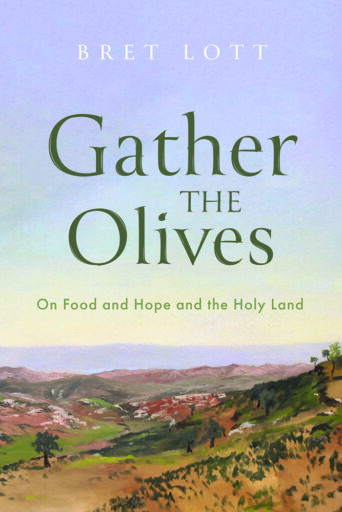

NOW AVAILABLE! There is an ancient Christian saying from the Patristic Era which is known in its most concise form as lex orandi, lex credendi. As the Catechism of the Catholic Church translates it: “The law of prayer is the law of faith: the Church believes as she prays.”
| Hardcover | ISBN 9781639821600 | $34.00 |
| Paperback | ISBN 9781639821594 | $18.00 |
| eBook | ISBN 9781639821617 | $12.99 |
There is an ancient Christian saying from the Patristic Era which is known in its most concise form as lex orandi, lex credendi. As the Catechism of the Catholic Church translates it: “The law of prayer is the law of faith: the Church believes as she prays.”
While the elegant simplicity of the phrase contains an abundance of wisdom, the liturgy has always been subject to forces that threaten to reduce this understanding to partial interpretations. As several observers have noted, these reductions include the “archeological” approach—explicating the liturgy’s historical origins but in the process treating it as a dead letter—and the sociological approach—focusing on liturgy as little more than an expression of contemporary concerns.
In Living the Liturgy: A Witness, Father Luigi Giussani (1922-2005) restores a more balanced view, reminding us that (according to Francesco Braschi’s introduction) in the liturgy “God is its present subject and that the essence of every celebratory action is the possibility of a gaze toward Him—because it is always from Him that the dialogue with humanity moves.” The memorable, bracing insights in Living the Liturgy were taken from conversations that Father Giussani had with members of the international lay movement he founded, Communion and Liberation.
Luigi Giussani’s Living the Liturgy is a masterpiece of liturgical spirituality, grasping the real insight of the Second Vatican Council. Liturgical renewal was not fundamentally about changing the rites but the way that ordinary Catholics would find their lifeblood in the rites, feasts, and seasons of the Church’s liturgy. Msgr. Giussani carefully invites the reader into the kind of spiritual formation that will allow for greater participation in the liturgy not only in churches but in wherever we eat, drink, pray, or work. Living the Liturgy should find itself among the liturgical classics of Romano Guardini, Evelyn Underhill, and Thomas Merton.
Timothy O’Malley, Professor of the Practice, Theology, University of Notre Dame
These beautiful meditations transcend the two forms of reductionism often applied to the liturgy: the “sociological” and the “archeological.” The first reduces the liturgy to an expression of the needs and feelings of the community, hoping to make it relevant to life, whereas the liturgy is primarily the locus of a divine action in which God, not we, speaks. The second seeks to protect the integrity of the liturgy by adhering to the forms of the past, without regard for the life it is meant to nourish. Giussani vigorously affirms both the “otherness” of the liturgy and its organic relationship with the Christian life because “the mystery of the liturgical life is the paradigm of life, an occasion of encounter with the Presence that saves the world.”
Carlo Lancelotti, Professor of Mathematics, City University of New York